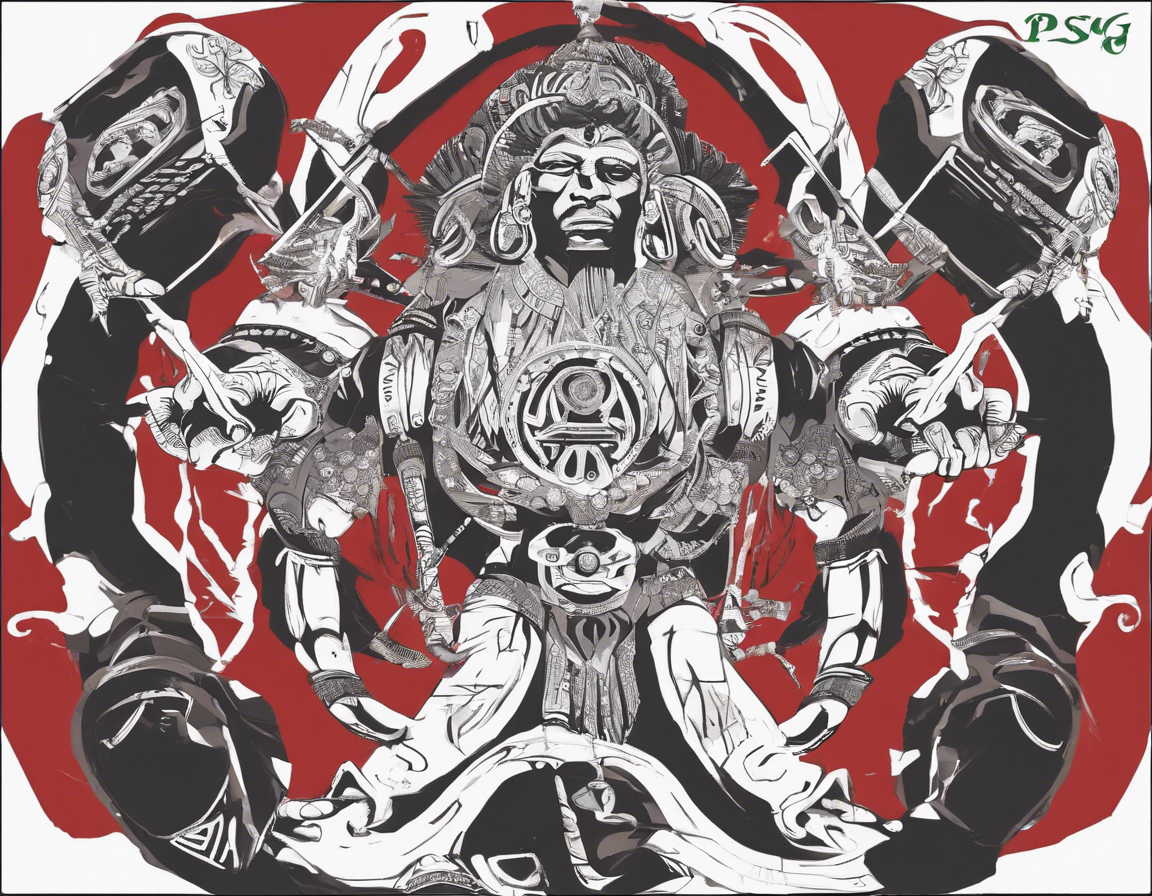When it comes to digital image files, PNG is a term that is commonly used in the technology and design world. You may have come across this file format while working on projects or saving images, but have you ever wondered what PNG actually stands for? In this article, we will delve into the meaning of PNG, its history, why it is important, and how it differs from other image file formats.
Understanding PNG
PNG stands for Portable Network Graphics. It is a raster graphics file format that supports lossless data compression. Developed as an improvement over the GIF format, PNG was created to provide a patent-free alternative with more functionality and flexibility. The PNG format was introduced to the public in 1996 and has since become one of the most popular image file formats on the web.
The History of PNG
The need for a new image file format arose in the mid-1990s due to the limitations and licensing issues surrounding the GIF format. Developers were looking for a format that could support more colors, transparency, and better compression without patent restrictions. This led to the creation of the PNG format by a team of developers led by Thomas Boutell.
Why PNG is Important
PNG has become a preferred file format for web design, digital art, and other graphic projects for several reasons:
-
Lossless Compression: PNG uses lossless compression, which means that no data is lost when the image is saved. This results in higher quality images compared to formats like JPEG.
-
Transparency: PNG supports alpha channels, allowing for transparent backgrounds in images. This is especially useful for web design and overlaying images on different backgrounds.
-
Support for Different Color Depths: PNG supports various color depths, making it suitable for a wide range of applications, from simple graphics to high-quality images.
-
Wide Compatibility: PNG is supported by all major web browsers and graphic editing software, making it a versatile choice for digital projects.
PNG vs. Other Image File Formats
While PNG offers many advantages, it is essential to understand how it differs from other popular image file formats:
JPEG:
– Compression: JPEG uses lossy compression, which results in smaller file sizes but can lead to a loss of image quality.
– Transparency: JPEG does not support transparency, making PNG a better choice for images with transparent backgrounds.
GIF:
– Color: GIF supports a limited color palette, making it suitable for simpler images but less ideal for photographs or high-quality graphics.
– Animation: GIF supports animations, while PNG does not have native animation support (APNG is a variation of PNG that does support animations).
Best Practices for Using PNG
When working with PNG files, consider the following best practices to ensure optimal results:
-
Use PNG for Graphics with Transparency: When you need images with transparent backgrounds, PNG is the ideal choice.
-
Optimize Images for the Web: To reduce file sizes without compromising quality, consider using tools to optimize PNG files for the web.
-
Combine with JPEG: For photographs and images where file size is a concern, consider using JPEG in combination with PNG to achieve the best results.
-
Avoid Overusing PNG: While PNG is a versatile format, consider the specific requirements of your project before choosing it as the file format.
Frequently Asked Questions (FAQs)
Q1. Can PNG images be animated?
A1. While the standard PNG format does not support animations, the APNG (Animated Portable Network Graphics) format is an extension of PNG that allows for animations.
Q2. What is the difference between PNG-8 and PNG-24?
A2. PNG-8 supports 8-bit color depth and a limited color palette (256 colors), while PNG-24 supports 24-bit color depth and millions of colors.
Q3. Are there any drawbacks to using PNG files?
A3. One drawback of PNG files is that they can have larger file sizes compared to formats like JPEG, especially for complex images.
Q4. Can I convert a PNG file to another image format?
A4. Yes, PNG files can be converted to different image formats using various graphic editing software tools or online converters.
Q5. How do I know when to use PNG vs. JPEG or other formats?
A5. Consider factors such as the need for transparency, color depth, file size, and image quality when deciding between PNG, JPEG, or other image formats for your projects.
In conclusion, PNG is a versatile and widely used image file format that offers many benefits for web design, digital art, and other graphic projects. Understanding the fundamentals of PNG, its advantages over other formats, and best practices for using it can help you make informed decisions when working with digital images. Whether you are a designer, developer, or simply a digital enthusiast, PNG is a format worth exploring for its flexibility, quality, and compatibility.
